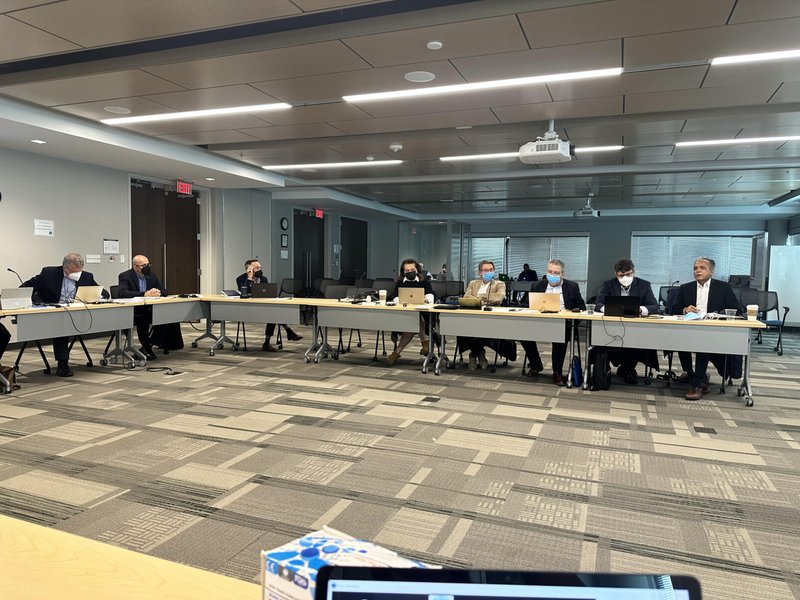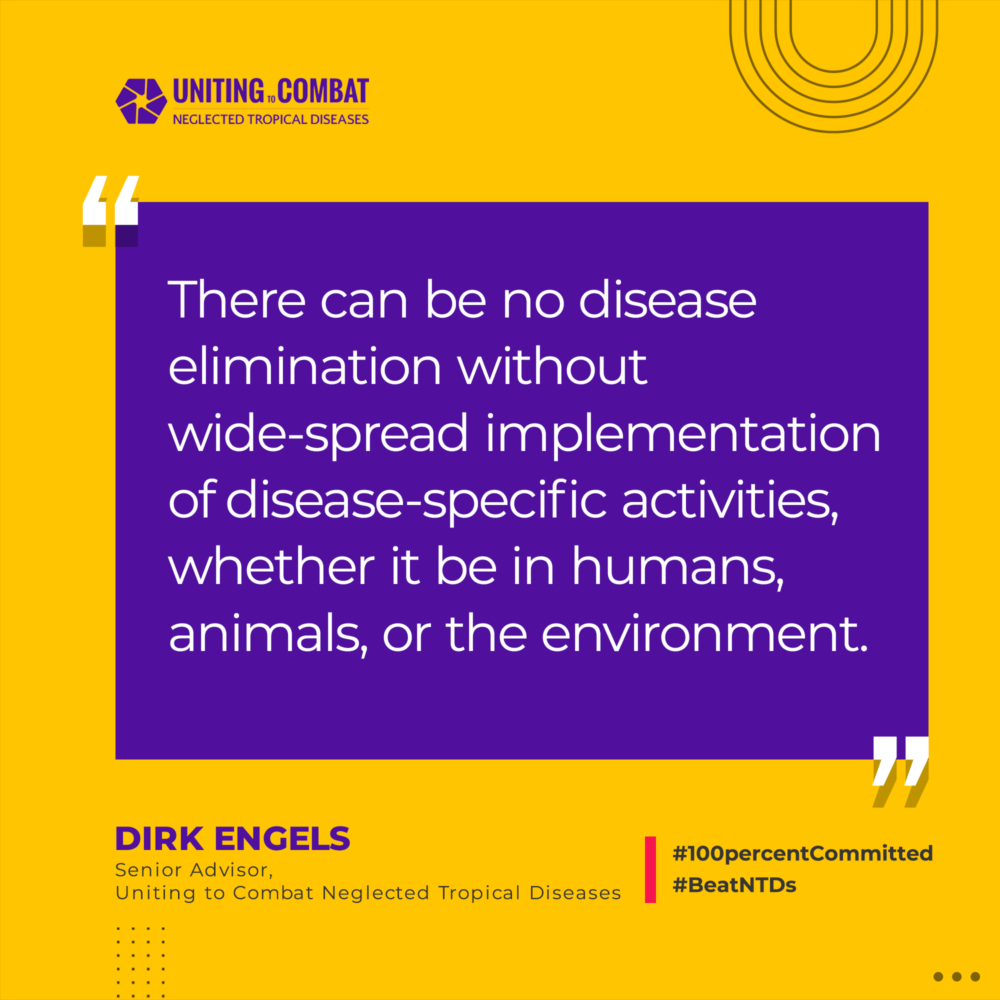
Dirk Engels, former Director of the World Health Organization’s Department of Control of Neglected Tropical Diseases (NTDs) and Senior Advisor to Uniting, shares his support for Pan American American Health Organization (PAHO) in its efforts to eliminate more than 30 communicable diseases and related conditions in the Americas by 2030.
“I am proud to be able, with my colleagues in the Strategic and Technical Advisory Group on Disease Elimination (STAG DE – Strategic and Technical Advisory Group on Disease Elimination – PAHO/WHO | Pan American Health Organization), to support the Pan American Health Organization (PAHO) in its efforts to eliminate more than 30 communicable diseases and related conditions in the Americas by 2030 (Disease Elimination Initiative: Towards Healthier Generations – PAHO/WHO | Pan American Health Organization).
The Elimination Initiative was launched in 2019 and is a major opportunity to eliminate the major communicable diseases and related conditions that Latin America and the Caribbean are still facing because of socio-economic and health inequity. It fundamentally recognizes that disease elimination does not depend solely on the health sector but requires the engagement of other sectors and actors. This has been acutely illustrated by the recent Covid-19 pandemic, together with the fact that progress focused on one or a few diseases is bound to happen at the expensive of others. Therefore, a comprehensive regional effort towards disease elimination is crucial, especially as we get into the post pandemic phase and need to get back on track towards the 2030 goals.
There can be no disease elimination without wide-spread implementation of disease-specific activities, whether it be in humans, animals, or the environment. The idea is to package similar critical interventions, such as systematic detection and treatment, vaccination, or preventive treatment for multiple diseases and deliver them via regular health systems platforms and services throughout people’s life course. An early-life example, building on an integrated maternal and child health platform, is EMTCT+ that aims for quadruple elimination of mother-to-child transmission of HIV, syphilis, hepatitis B and Chagas disease (EMTCT PLUS. Framework for elimination of mother-to-child transmission of HIV, syphilis, hepatitis B and Chagas; 2017 – PAHO/WHO | Pan American Health Organization).
Along these lines, the Elimination Initiative sets out four strategic lines of action: packaged delivery of multi-disease interventions through regular platforms and services, firming up disease surveillance and data systems to closely monitor progress, addressing social and environmental determinants of health; and strengthening national governance, financing, and leadership.
If successful, the initiative will inherently strengthen health systems and generate a huge public impact, with the elimination of major communicable diseases and a reduction of inequity in the region, underscoring the value of disease elimination as a public good. It is further expected to be accompanied by important efficiency gains that are a pertinent and timely response to the current global health crisis and to getting back on track towards achieving Sustainable Development Goal 3.”
